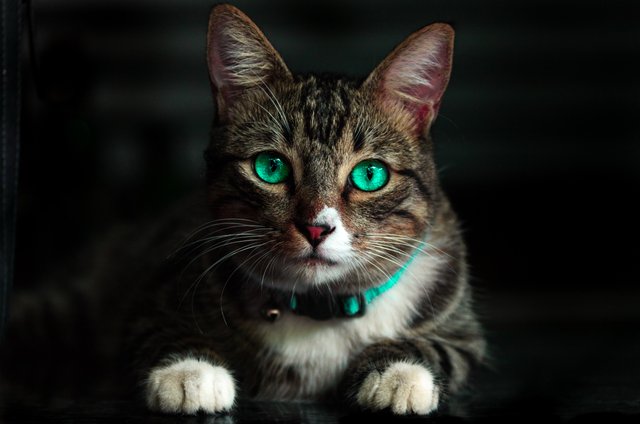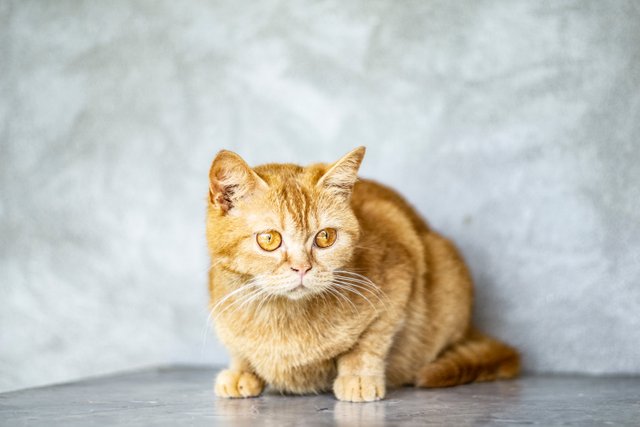Brown Cat! The Havana ! Why I Buy This Precious Cat
The Havana Brown is an intelligent cat that often uses its paws both to examine objects and to communicate with its owners. Curiosity brings them to the door as visitors arrive rather than preferring to be hidden as many cats will do. It is not unheard of for a Havana Brown to place paws on someone's thigh and offer a meow of introduction. It is playful and curious, but rarely destructive unless left without companionship.
While many are 'lap cats', a few are more content just to sit quietly beside their human companions. On the other hand, many Havana Browns prefer to ride on the shoulders of their human and help with daily activities. They love to play in and groom hair - it happens so frequently that there are Havana Brown owners who don't even notice their cat doing it until it is pointed out by an observer. It is an odd trait that most Havana Browns share.
Havana Browns become very attached to their family and do not thrive when left alone for long periods. They are curious and interactive and need to be a part of daily activities.
It is common for the Havana Brown to become best companions with the family dog. Many owners also find it surprising how easily they can travel with their Havana Brown without the cat's objection.

The most likely explanation of the breed's name - and the one most shared by Havana Brown devotees - is that its coat color is very similar to that of the Havana cigars,[3] however, some have also argued that the breed's name is also derived from the Havana (rabbit) which also shares the color. This is likely more accurate based on the recorded history in England.
Very little grooming is required. A gentle brushing and wipe with a damp cloth once or twice a week, along with a good quality diet, will suffice for Havana Browns.
There are no known genetic diseases associated with this breed. They may have a slightly higher occurrence of gingivitis than other breeds, this being contributed to their Siamese ancestry.

Recognition
The breed has been recognized for competition in the US since the late 1950s. It has been considered an endangered breed, since the breeding pool is very small.
In the late 1990s, there were only 12 Cat Fanciers' Association-registered Havana Brown catteries and under 130 unaltered cats. Since that time, the breed has grown at a healthy pace.
In 2015 there are now twice the number of catteries and breeders located around the world, with the majority located in the US and Europe.